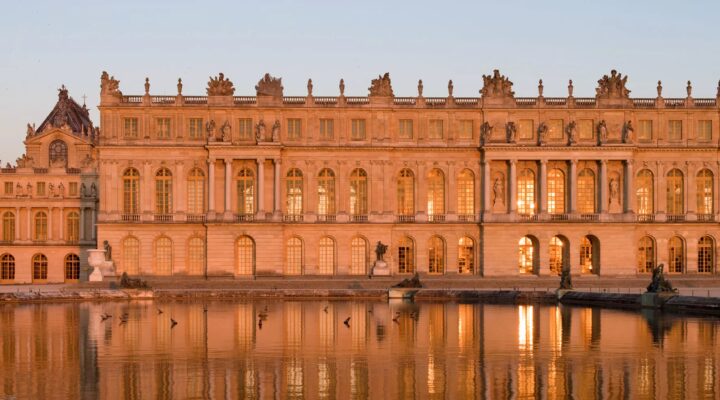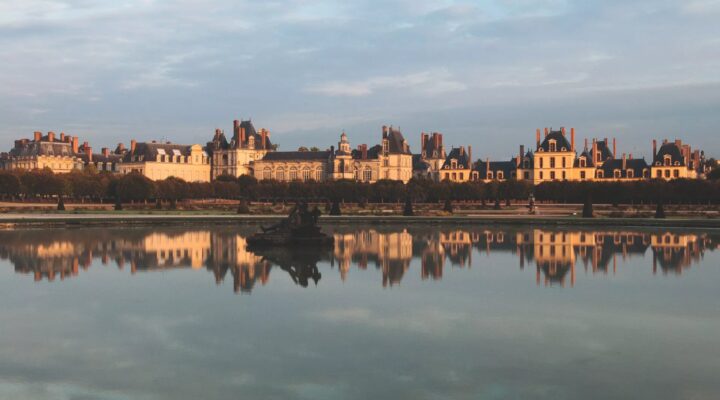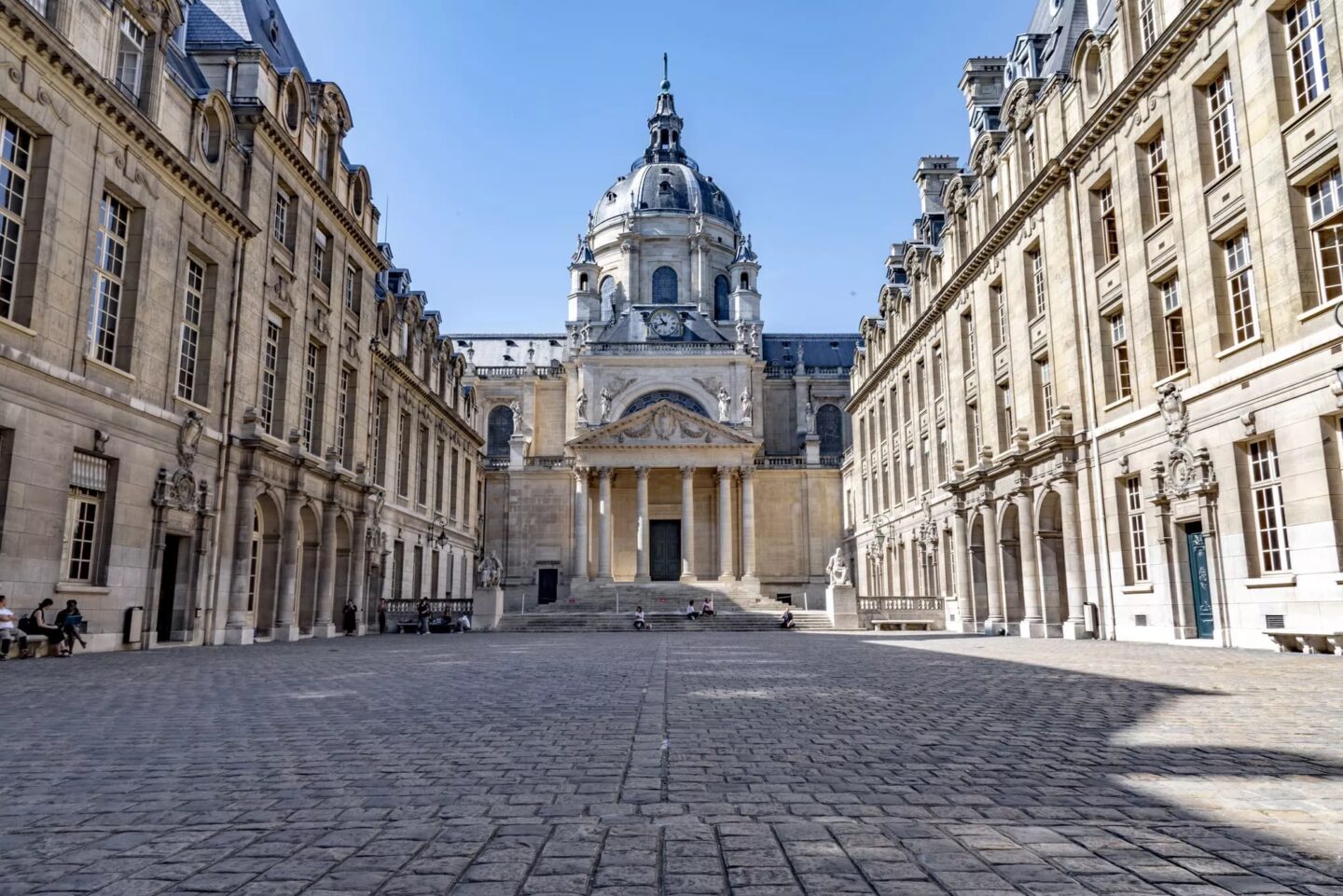
The Sorbonne
The Sorbonne originated as a theological college founded in 1253 by Robert de Sorbon, chaplain and confessor to King Saint Louis, who chartered the university in 1257. In the 15th century, the University of Paris became the largest European cultural and scientific centre and, in 1470, welcomed France’s first printing works. In 1622, former student Cardinal Richelieu became the Headmaster and ordered the extension of all buildings in a more baroque style. When he died, he bequeathed part of his fortune and library to the institution. In 1806, Napoleon I reformed the entire French higher education system, which he christened the Imperial University of France. He created five faculties: science, literature, theology, law, and medicine. The Sorbonne’s international renown and prestige was truly confirmed in the first half of the 20th century following several Nobel prizes, one of which was awarded to Pierre and Marie Curie. In May 1968, the Sorbonne became the international symbol for student protests. It is now home to several internationally-renowned higher education bodies as well as university research laboratories with cutting-edge expertise in numerous domains.
The Sorbonne University became an associate member of Comité Colbert in 2007.
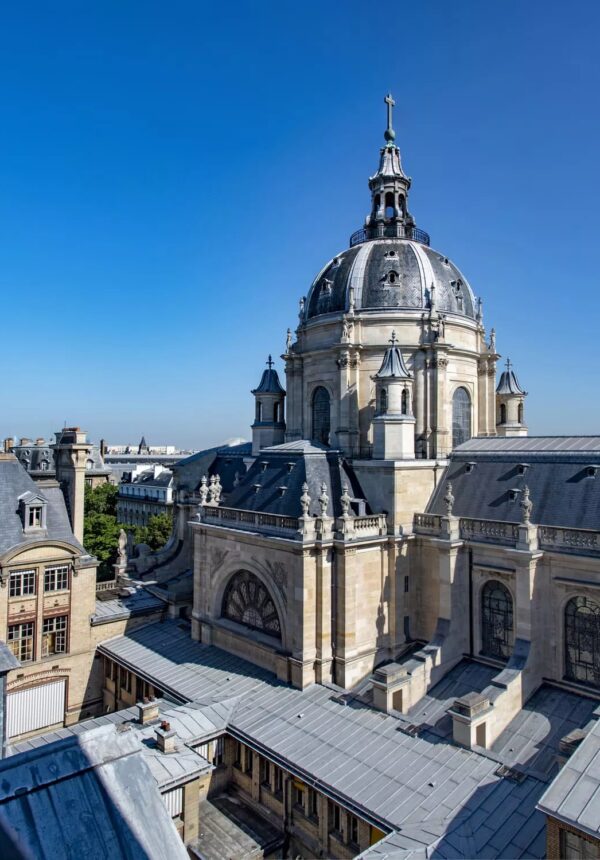
Its signature
Eight centuries after its foundation, the institution remains the prestigious symbol of the spirit of a people and a history which forged contemporary France. The Chapel of Sainte Ursule, or the Sorbonne Chapel, was the private chapel of the college, then the university faculties. It was built in the 17th century by the Cardinal Richelieu and is now his mausoleum.
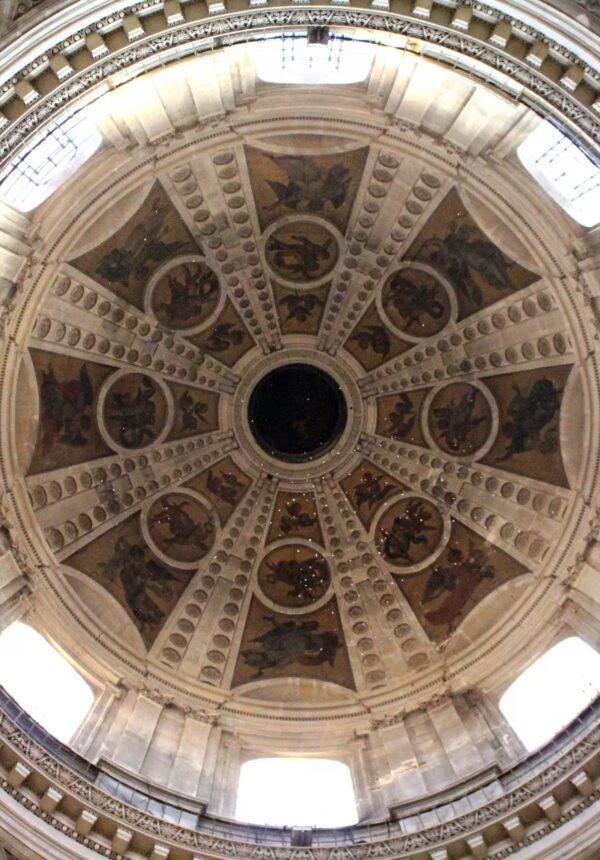
The address
The Sorbonne Chapel, built by Richelieu, was turned into a Temple of Reason during the Revolution, before being given back to the church. Although decommissioned in 1904, the chapel is still a consecrated building and part of the university. It is also the Sorbonne’s only remaining building of the Richelieu era.
